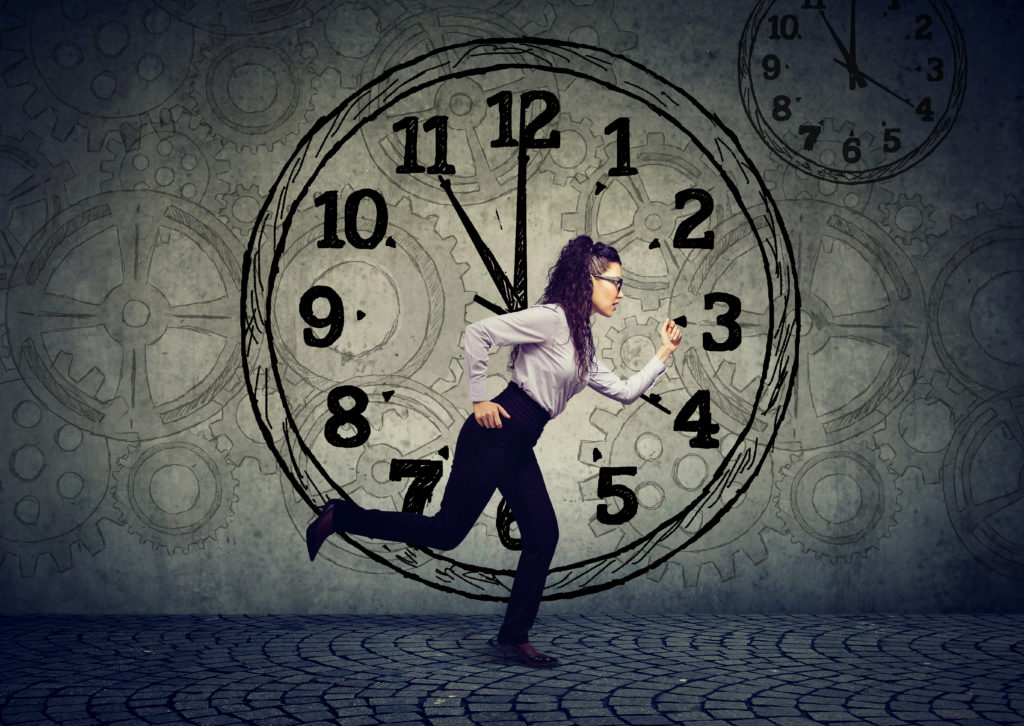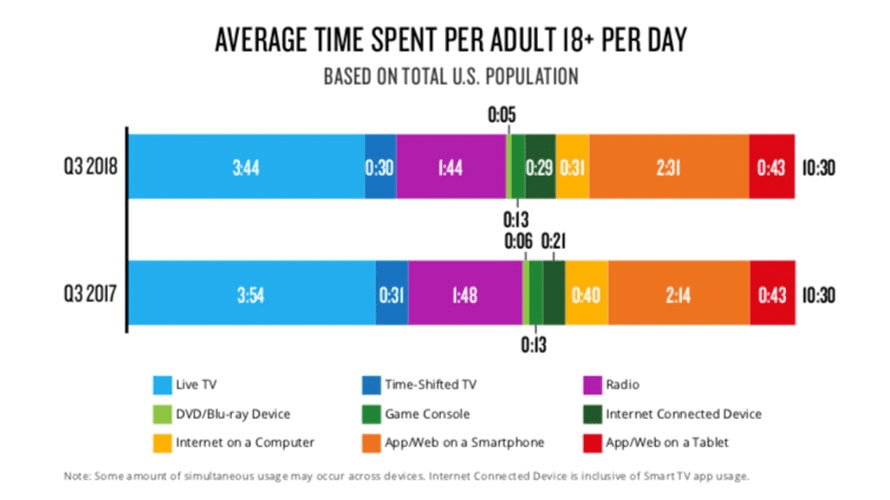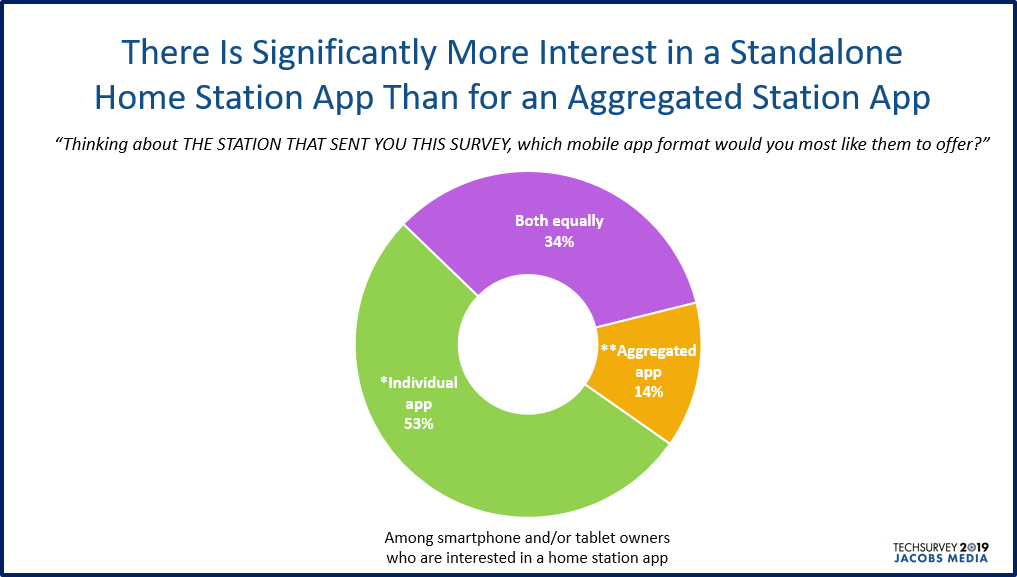
“Time won’t change me. But I can’t trace time.” – David Bowie
Several weeks back, Seth Resler wrote a guest post about a unique 2019 dilemma – “The Peak Content Problem” – where there simply isn’t enough time to consume all the shows, programs, news, music, games, and other stuff available to us. We have all anecdotally felt this phenomenon – trying to keep up with all the media content being created.
We also saw this loud and clear earlier this month in our post about what happens in an Internet Minute, courtesy of Lori Lewis and Chadd Callahan. Consumers are doing a lot of stuff and accessing a lot of content during the average 60 seconds online.
Now, Nielsen indicates that after more than two decades of time expansion to accommodate all this content, TSM – time spent with media – may be flattening out.
AdWeek’s Sara Jerde reports that while there’s still a frenzy occurring among producers and publishers, the amount of time American adults spend scarfing up content is leveling off – while still at a very, very high rate.
Nielsen’s Q3 2018 Total Audience Report points out the average U.S. adult spends a whopping 10 hours and 30 minutes per day tethered to media of one kind of another – the same as one year ago.

But while the total TSM is virtually unchanged year-to-year, it’s clear there’s still much shifting going on by device and platform. TV viewing is down 10 minutes, while radio is hanging in there – despite being off by 4 minutes.
It is on smartphones and game consoles where Nielsen is seeing corresponding increases.
That suggests two major implications for broadcast radio content creators:
First, the importance of having a strong smartphone strategy has never been more important. As consumers have gravitated to their prized iPhones and Galaxy Notes as their prime go-to gadgets, all those chief content officers are tasked with ensuring their brands’ smartphone presence is stellar and that they’re effectively marketing their apps to their target audiences.
Too often, radio stations go to the trouble and expense of designing apps, but then fail to remind their audience about how they work, how to access them, and what they actually provide.
The data also point to the reality that simply providing a stream on mobile apps may not be robust enough content to keep listeners satisfied.
We put radio’s existential app question to the test in Techsurvey 2019 – an aggregated app that streams hundreds of stations vs. an individual app that offers streams, podcasts, videos, and other content.
It wasn’t even close:

When consumers and brands establish a relationship, there are greater possibilities for it to grow with expanded content – above and beyond just a simulcast stream.
The other takeaway from the Nielsen data is that the pressure to create meaningful, compelling, and differentiated content has never been more intense.
It is hard to imagine consumers spending virtually every waking hour connected to media of some kind. As Nielsen quantifies this consumption ceiling, it should be a reminder to brands they’re competing against the entire media ecosystem – Netflix, Fortnite, SiriusXM, Facebook, and Spotify. And now we know that time spent consuming is, in fact, finite.
Ensuring radio content stands out, is properly marketed, and in-sync with consumer needs and desires is paramount. We’d better. We’re running out of time.
“Time has come today.” – The Chambers Brothers
- Can Radio Afford To Miss The Short Videos Boat? - April 22, 2025
- Media And Technology In 2025: Believe It Or Not! - April 18, 2025
- In Radio, You Just Never Know - April 17, 2025




And perhaps the best song-title-descriptor: “Time Won’t Let Me” from the Outsiders
“No Time”, Guess Who.
OK, I’ll stop now, running short on time.
Thanks for the timely comment, Scott.
Radio MUST track tuning and audio consumption on smartphones if it wants to : 1) track 12 – 35 year old usage and 2) understand how to compete for an audience that does not listen to “radios”. Those days are gone. You cannot monetize what you do not collect.
True that. Appreciate the comment, Andrew.
Radio’s ace in the hole has always been local, live, engaging air talent! The left brain can be fooled by recordings but the right brain always feels the difference. Most streaming sounds just like1950s non-simulcast FM a.k.a. “cheap content.”
I’m amazed that nobody seems to be doing an Apple top-40 format. I think we’ve really come full circle to some old opportunities.
Bob, some of the mainstays that worked before can be successful again, perhaps with some reimagination. Thanks for the comment.